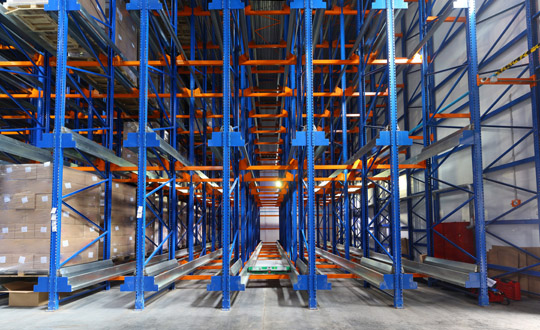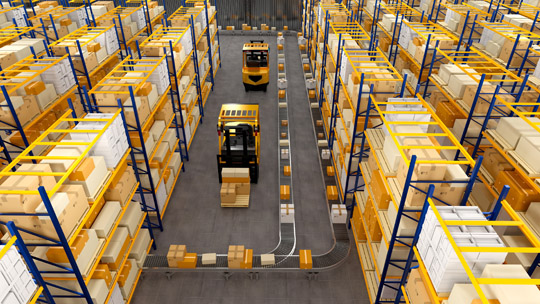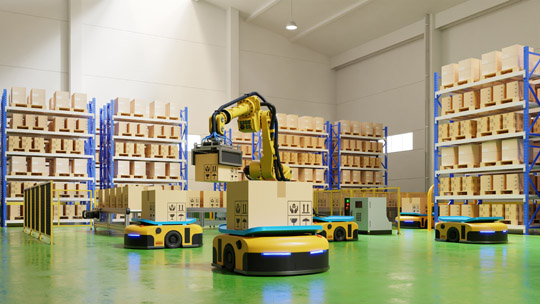Automation is the comon name of all systems produced to ensure that some or all of the work in the industrial, scientific, or management fields are done by machines instead of people. There are two systems, semi-autonomous and fully autonomous. In semi-automation, people are allowed to play more roles, while full automation is a system where more machines and robots are involved.
Autonomous and Semi-Autonomous Warehouse Solutions
Especially with the increase in the volume of e-commerce, warehouse solutions have ceased to be the solutions used only for the storage of bulk goods. Warehouses have been areas of businesses with complex and sophisticated processes. Thanks to the technology of our age, technical, mechanical, and robotic developments have benn made to ensure the efficient operation of warehouses and to prevent disruptions in the supply chain.
Warehouse Management Systems (WMS), which facilitates warehouse management and makes it a digitally traceable process, can be given as an example of software development. Thanks to WMS, supply chain tracking and management are easier and faster than ever before. It is a practical system that lays out the whole process easy and contralable from the moment the raw material enters the warehouse to the shipment of the final product.
We can show shuttle semi-automatic warehouse systems as an example of semi-autonomous systems that minimize the intervention of people and warehouse vehicles in storage. You can move the pallets on the shelves by commanding the shuttle motor on the shelves with the help of a remote, smartphone, or tablet. This process saves time, energy, and resources.
Mini Load and Unit Load robots, on the other hand, can be shown as examples of fully autonomous requests almost zero human intervention.










